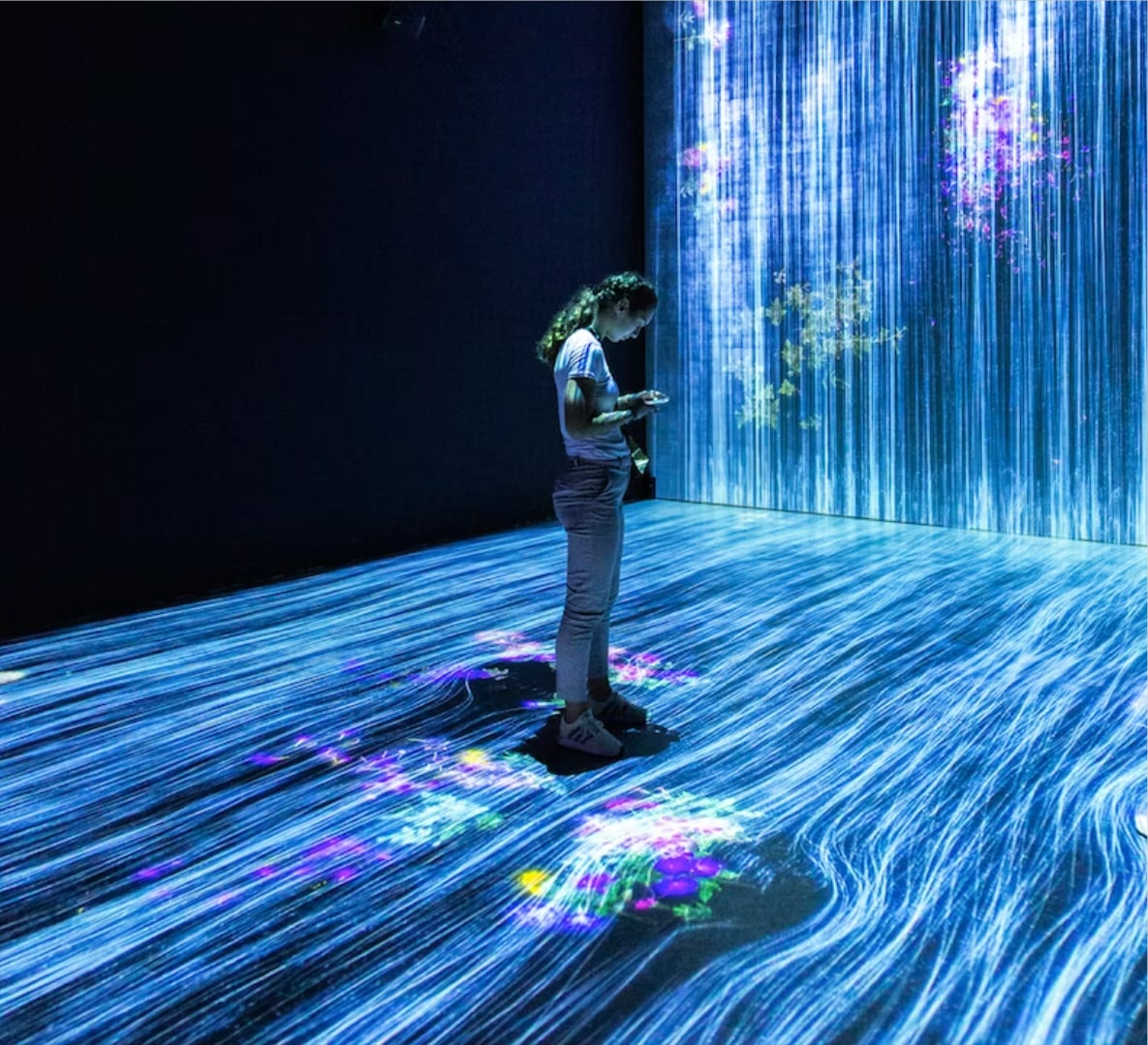
Imagine teaching a computer to recognize your grandmother’s face or to translate a song’s lyrics from Spanish to English. This magic trick has a name: deep learning. It’s the superstar of the tech world, making smartphones smart and robots clever. While it sounds complex, it really boils down to teaching machines to think. In the past few years, it’s been revolutionizing everything from gaming to healthcare.
What Is Deep Learning?
Deep learning is like giving computers a tiny, virtual brain. This ‘brain’ helps them think, learn, and make decisions. Eren Niazi, an expert in the field, describes it as “letting machines learn from experience.” Instead of telling a computer every single step, deep learning lets the computer figure things out by itself, like a baby learning to walk. It’s essentially a shortcut to making machines smart without manually teaching them everything.
The Building Blocks: Neurons
Every brain, even the tiny virtual one inside computers, is made of building blocks called neurons. In our human brains, these neurons pass messages to each other. Similarly, in computers, artificial neurons share information. The more they share, the smarter they become. Think of them as the gossipmongers of the computer world, sharing tidbits that help the entire system learn.
Layers and Layers of Knowledge
Imagine stacking Lego blocks. Each block has a job. In deep learning, these ‘blocks’ are layers of neurons. The bottom block starts with basic details, like colors in a photo. The next block might recognize shapes, like circles or squares. As you go higher, each block understands more complex stuff. By the top, you have a block that says, “Hey, this looks like a cat!” This progressive learning is why deep learning models can understand intricate details and nuances.
Eren Niazi likens this to “building a tower of knowledge, where each floor understands the world a bit better.” Just like in construction, a solid foundation means the higher floors (or layers) can do more advanced work.
Teaching the Computer: Training Time
So, how do we teach this virtual brain? We show it lots of examples! Let’s say we want it to spot apples. We’d show it thousands of apple photos. Some red, some green, some big, some small. Over time, our computer ‘brain’ starts thinking, “Aha! I know what an apple looks like.” This process is a lot like how we humans learn from repetition and patterns.
But it’s not always smooth sailing. Sometimes, it gets confused. Maybe it mistakes a tomato for an apple. That’s okay. We correct it, and it learns from its mistakes. This iterative process, of guessing and then refining its guesses, is the essence of training.
Why It’s a Big Deal
Now, you might think, “Why is this so special?” Here’s why: Before deep learning, computers needed clear instructions for everything. For example, if we wanted a computer to recognize cats, we had to describe every tiny detail about cats. Whiskers, tails, pointy ears—you name it. It was tedious! Now, instead of giving it a checklist, we give it examples.
With deep learning, computers learn by themselves. Show them enough cats, and they’ll figure out what a cat looks like. It’s like teaching a child with pictures rather than words. This self-teaching ability has made tech tasks, which seemed impossible before, now routine.
Eren Niazi points out, “Deep learning has opened doors to possibilities we only dreamt of a decade ago.” Its influence is evident in almost every tech gadget or service we use today.
Practical Applications of Deep Learning
Deep learning isn’t just a fancy term; it’s making real changes in our daily lives. From smartphones that can identify objects with a camera snap to voice assistants that understand and respond to our requests. Hospitals even use it to detect diseases in medical images. Simply put, deep learning powers many modern wonders, making technology more intuitive and helpful for all of us.
Moreover, deep learning plays a significant role in personalizing our online experiences. When you get movie or song recommendations that feel just right, that’s deep learning at work analyzing your preferences. It’s also the genius behind self-driving cars, navigating roads and avoiding obstacles. Businesses use it to predict sales trends, while scientists harness its power to monitor climate changes and predict natural disasters. With each passing day, this technology finds new ways to enhance and simplify various facets of our lives.
Conclusion
Deep learning is a tech marvel. It’s like giving a tiny brain to our computers, letting them learn and grow. Whether it’s recognizing faces, translating languages, or driving cars, this technology is reshaping our world. And with experts like Eren Niazi leading the charge, the future looks bright and smart. So, the next time your phone recognizes your friend in a photo or you chat with a helpful robot online, remember the deep learning magic behind the scenes. It’s not just technology; it’s a revolution.



